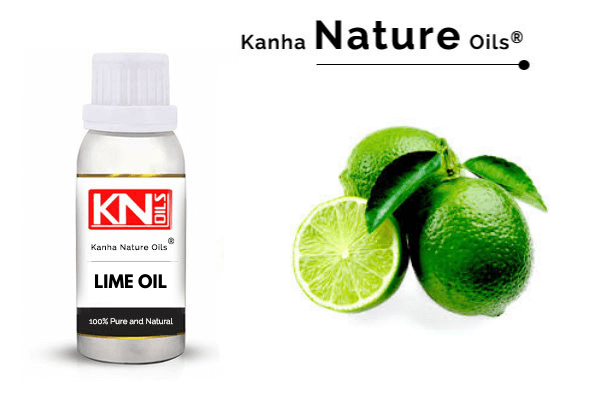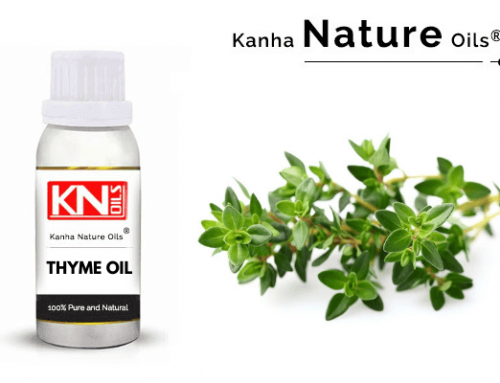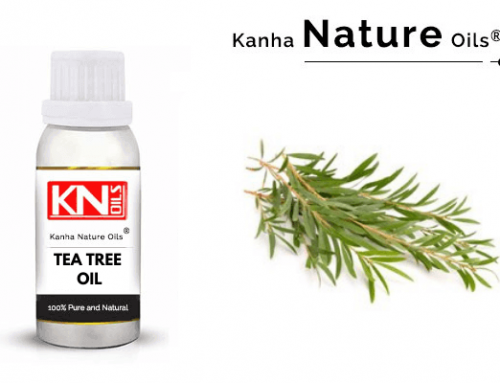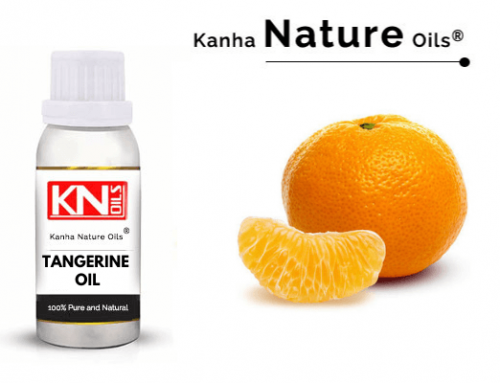LIME OIL

- Botanical Name: Citrus aurantifolia
- CAS No.: 8008-26-2
- EC No.: 290-010-3
- FEMA No.: 2631
- Flash Point (°C): 47
- Refractive Index: 1.4730 to 1.4780 at 20°C
- Specific gravity: 0.8540 to 0.8660 at 25 °C
- Optical Rotation (°):+32 to +46
- Color:Pale yellow to light olive
- Solubility: Soluble in alcohol, oils, organic solvents, insoluble in water
Description:
Citrus aurantifolia is a citrus hybrid (C. micrantha x C. medica) variety, Native to Southeast Asia, but now day’s cultivated across the world such as North America, including Mexico, California and Florida, etc.
It is a shrub, up to about 6 meters in height with a thorny stem. Fruits have a stronger aroma and thinner rind than other species of lime. The leaves dark green, glossy, and alternately arranged on the branches. Flowers and fruits appear throughout the year but are most abundant from May to September in the Northern Hemisphere.
The lime tree is very similar to the lemon tree, but with more prickles and less regular in shape and also called key lime.
Cultivation and Harvesting
Lime is a small tree, usually grows to the height of 16 feet. Citrus aurantifolia can be propagated from moist seed, but vegetative propagation can also be adopted. Citrus fruits flourish well on light soils with good drainage. The pH of the soil should be from 5.5 to 7.5. However, lime can also grow in a pH range of 4 to 9. Excess calcium carbonate in the soil may hinder the growth of the plant. Light loam or heavier but well-drained sub-soils appears to be ideal for lime. Planting of seedlings generally require pits of 58 cm x 58 cm x 58 cm size.
The best season of planting is July to September, but with a good irrigation system, planting may be done in other months also. Maneuvering and irrigation improve plant growth. Lime plants should be manured in three equal doses three times a year infrequently after four months depending on the soil fertility condition, age, and growth of plants.
Lime peels are used for the extraction of lime essential oil. The Common method of essential oil extraction is the cold pressing of lime rind (peel). The citrus rind of Citrus aurantifolia contains 0.6% to 1.0% essential oil. Limonene is the major constituent of Lemon essential oil. India, Mexico, Argentina, and Brazil account for major lime essential oil-producing countries.
Odor profile:
Fresh, citrusy
Major Constituents:
Limonene, Pinene, Myrcene, Sabinene, y-Terpinene, Octanal, Neral, Nonanal, Tetradecanal, Terpinolene, Pentadecanal, Geranial, Trans-a-bergaptene, Caryophyllene, Terpineol, Linalool, B-bisabolene, Neryl Acetate, Geranyl Acetate.
Application:
~ Lime essential is antibacterial and antimicrobial-prevent microbial infections.
~ It is used in the preparation of household cleaners, deodorants, and sanitizers.
~ Lime essential oil is also useful in the treatment of Asthma, Cough, Colds, Dull Skin, dark spots, and Acne.
WHY SHOULD YOU ASK
our latest catalog
We just want our customers to see how our industry prices are simple & best fit for them. For this you need to be updated from our side on daily basis. Ask our updated latest catalog with latest pricing. One more thing! our three fundamentals never change. We are committed with best price, purity & inhouse variety manufacturing. Want to know what they are? Find it here.




